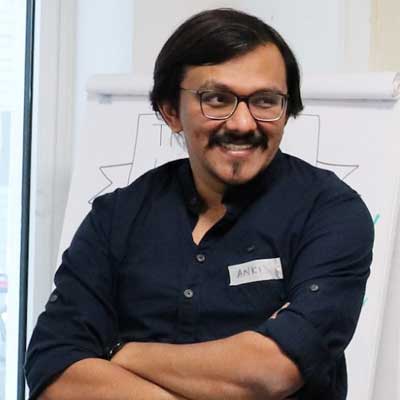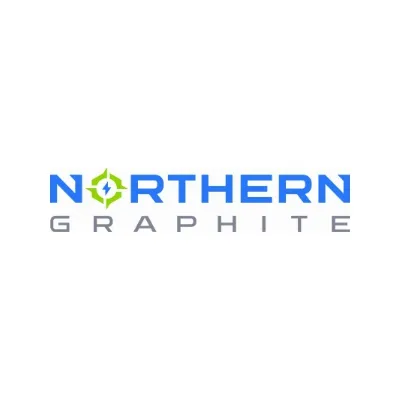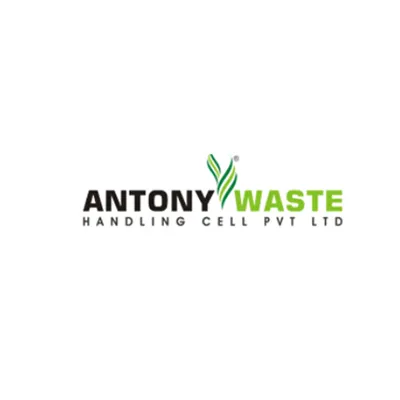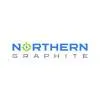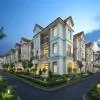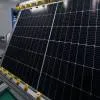CW Design Build spoke to Ankit Savla about his vision for the company, his design philosophy, experience over the years and more.
What is your vision for Studio ASA?
Being an organization that has evolved over four decades we have been constantly looking for newer and better ways to pursue our practice. These changes are not only made to match newer requirements of our clients but also fully understanding that as designers we have an impact on the society culturally, environmentally and also economically. We work with a 3-tiered vision.
-
Being passionate about delivering an excellent service to our clients.
- Optimize every tangible/intangible resource, since they are always finite.
- Towards our industry we hold a definitive obligation to constantly keep innovating both in design and construction technology.
In light of the pandemic, how has your experience been with handling projects remotely?
In the past decade, most of the design world unknowingly has prepared themselves to work away from our sites. Especially we, the younger partners of our organization who have worked with world class practices in India. The UK & Germany have had immense expertise in handling projects remotely. Having BIM expertise in our core team further helped us streamline processes especially for projects that involve multiple expertise. Having said that, we do miss the physical experience of understanding our sites, the touch and feel of materials and collective energy which can help co-create amazing solutions during in-person meetings and site visits. Things have of course changed post Diwali and we now do get a chance to visit sites though not as often as we could go before.
What changes have you made in your work protocol due to the pandemic?
As designers we play a key role between clients and various contractors especially in our interior design projects. While all mandatory health protocols were constantly kept in place whenever we were able to resume work we had to look over and above the mandatory and what one might call humanitarian protocols. None of these I assume were exclusive to us but even simple things like calling and asking our workforce about their well being. We had to even make sure that they don't feel responsible for work delays in case they had to remain engaged with someone infected. These were simple additions which we made mandatory to streamline smooth functioning of work while making sure that to our best knowledge the workforce executing our designs remain safe.
How do you approach design to accommodate aesthetic and functionality in residential and commercial projects?
We believe that designing is about making things functional and if a designer has put his full passion into making it right, the aesthetics fall in place by themselves. Being a studio that was always based in the heart of one of the busiest cities in the world-Mumbai the idea of being functional & contextual has gotten embedded into our design system. Having travelled, worked and lived across the globe has helped us understand aesthetics in a more pragmatic manner. Aesthetics that often might look simple but brilliantly associate with other senses of our body.
Whether it's residential or commercial, we always begin our projects by intensive empathetic research of the stakeholders involved. Visiting sites to get a cognitive understanding, sense and vibe of its qualities and surroundings are mandatory to almost all our projects. During conceptual and design development stages we engage very closely with our clients to make sure we are able to deliver a rational output while adding layers of what might seem irrational otherwise.
How do you incorporate sustainability in your work?
Sustainability at ASA is looked at in a very contextual and spherical manner, it has been at the core of our design practice. Our senior partner is armoured with a Masters in Sustainable Environmental Design from the prestigious AA School of Architecture in London. There he even worked with top-notch practices in the world of Environmental Design before he brought back to India a completely varied and vivid idea of Sustainability. While we do design a lot of technical solutions to harness and manage natural resources on our sites, we are strong believers of passive-design solutions to make our designs environmentally integrated. While maximising reusing salvage materials we also try to reduce the embedded energy in products executed by us. Further, we don't just look at sustainability only in terms of environmental concerns. Design aesthetics also need to be as timeless as possible. By using good quality, contextual materials and assuring that the labour is executing the details well you automatically increase the longevity of the designed elements. Adaptive reuse of existing structures on site, retaining as many trees, boulders & other elements of nature as possible helps us to retain the existing ecosystem that has lived on that site for many years. Use of indigenous trees and plants in the landscape design also helps keeping a good balance for the local ecosystem.
Tell us more about your experience while working in international architecture companies.
Most international firms whom we have worked with are higher on resources and more sorted. Western countries being limited on human resources value work more than our side of the world and rely a lot on systems and technology due to the same reason. Being collaborative & interdependent on specialists and specialist firms further helps them to work on different scales simultaneously and take larger risks. They also have very high standards of delivering drawings, models & presentations which helps them deliver great designs and work in the long term. Even small practices abroad streamline their work practices very well, they make sure that nothing substandard leaves their office. Even though they have the best computing technology at their disposal most of them still work very closely with physical models. These models can be very detailed and an equal amount of time is invested in making presentation boards and preparing before every important client meeting. Most importantly, almost everyone in the office values each other's skill sets, respects each other's time and believes in giving constructive and early feedback.
Tell us more about your pro bono projects with NGOs in Ladhak and what was it working in a limited setup there?
In my early years of professional practice, I had a lifetime opportunity to work on reconstruction of Relief Shelter Villages for Ladhaki flood victims. As I always say "Some bricks made those homes, some made me". Ladhak might be limited in terms of construction materials as we might know them but like most places it has abundant local resources. Our NGO and team were very committed to optimising the design to accommodate the local materials, use internationally accepted passive solar practices to harness the abundant solar energy available there and use their cultural requirements as aesthetics to make them feel absolutely at home when they move back from their temporary shelters. It was also very important for us that they understand the idea of passive solar technology and use of local materials, hence we made the execution process very participative. Under a parallel project we got some members of the community to become paid labor workforce for the shelter project. This not only helped give these men and women some financial support but also assured having trained experts being always available in the village to support home extensions or for future maintenance.
Take us through your design process from conception and design to final build.
Design process at large is plural in nature. Even while one might wish to streamline this process, it's very hard to make this a step by step process. Every client, site and design brief have a different story and hence can have a different starting point. What remains common to all projects for us, is to have very close dialogues with clients. To keep educating them, making them aware and turning their needs/requirements into insights for designing. As soon as one deep dives into the client's requirements so many interesting insights can be extracted and used to develop the design. When you are able to convert their design requirements into exemplary design solutions, half the battle is won. The other half is execution, which is where the many years of being in the industry helps us make sure that we offer top quality execution within the client's budget. Most of our contractors have worked with us over many years and have been through the grind of making sure that they don't compromise on execution at any point. For larger projects where we might have to work new contractors we have streamlined a strict protocol for on boarding them. The L1 formula does not work for us, we make sure that we visit sites they have executed before, make sure that they have all the expertise on board and also do a good background scan before we get involved with them.
Tell us about the projects you are working on currently.
At the studio we have always had a mixed bag of projects. While with commercial and hospitality projects we are trying to figure out what will stay in this "New Normal" and what will pass by, there has been a tremendous demand in the residential project space. While some old clients have invited us to redo simple bedrooms to accommodate WFH requirements most interest has come from mid to large format interior homes. Developers in smaller cities are showing interest in compact home designs like those which we have in Mumbai to attract people working away from their hometowns to invest in their city. Converting less used second homes into stay-cation spaces or for weekend rentals while some wish to develop their open plots to cater to such audiences. What has become extremely important overall in the residential market is that every individual now wishes to have their own space which gives them enough privacy but also keeps them connected to their loved ones.
What advice would you like to give to aspiring architects/designers?
Being a visiting faculty for almost half a decade, I have been close to young/budding designers. Personally, I feel they are terrific in what they do when they get to doing it. Of course, digital is in their blood and that should now be considered fair. The only massive challenge the younger generation needs to cope up with is the cognitive understanding of space and how space and humans interact. Time saved in running around to get notes, endless redoing of sheets, staying in the library for hours to study from various books could be utilized to develop skills, empathy, understanding human behaviour or even learning from various other industries to seek for newer ways to design space and the ways organisms interact with space.
